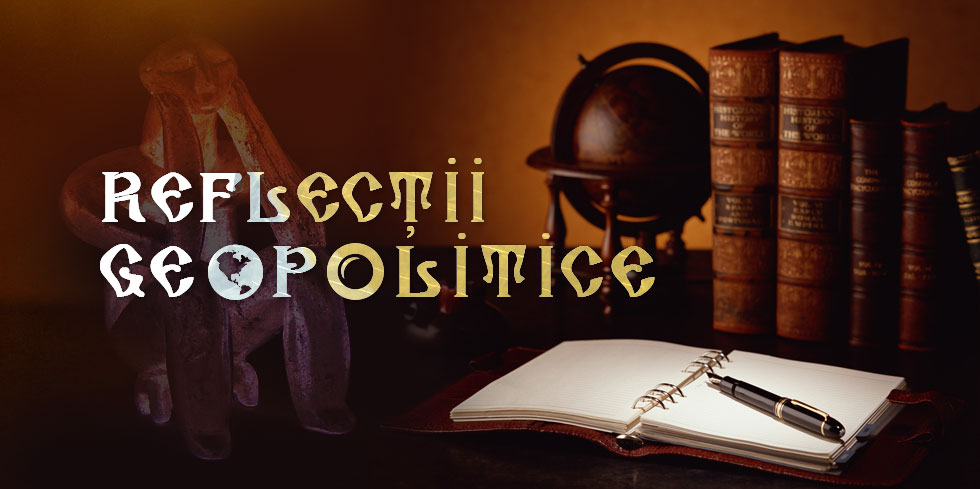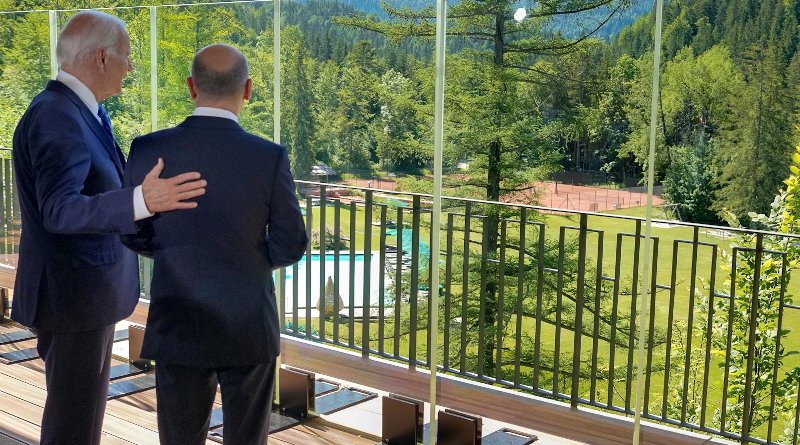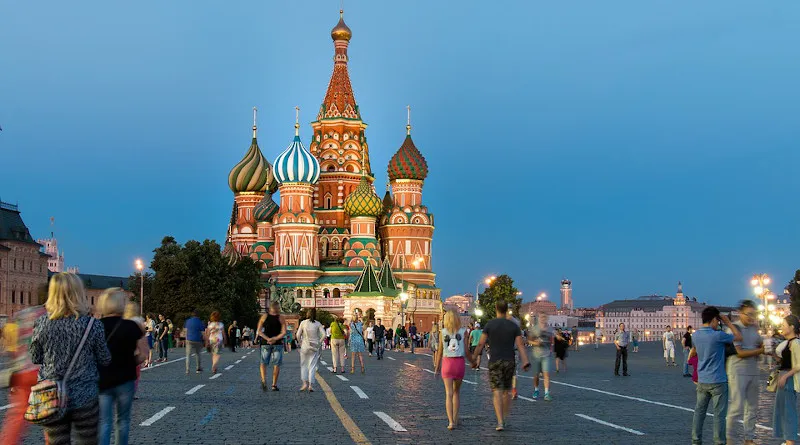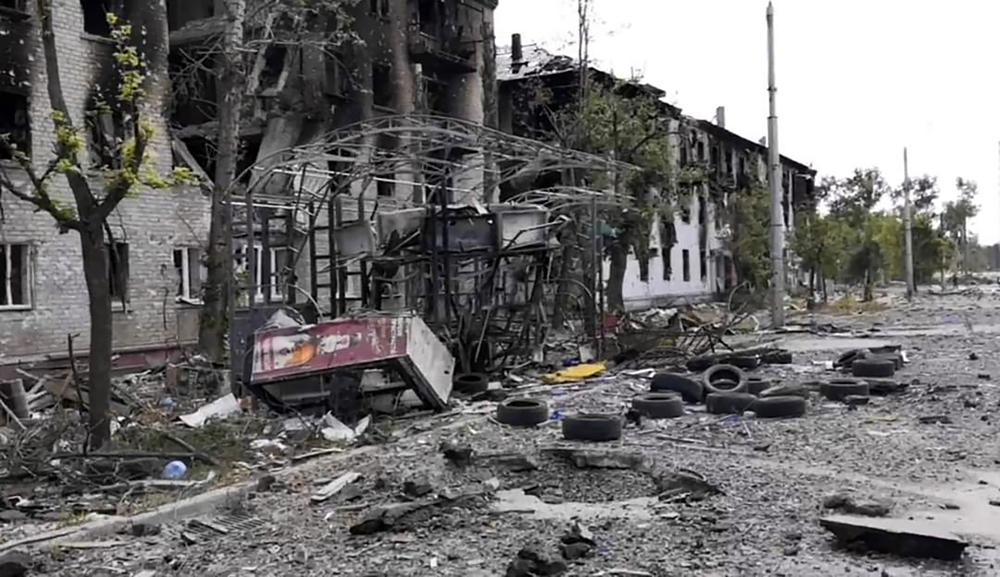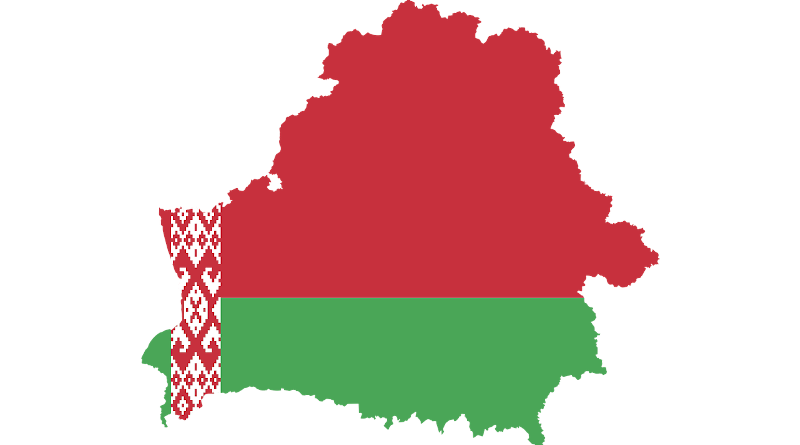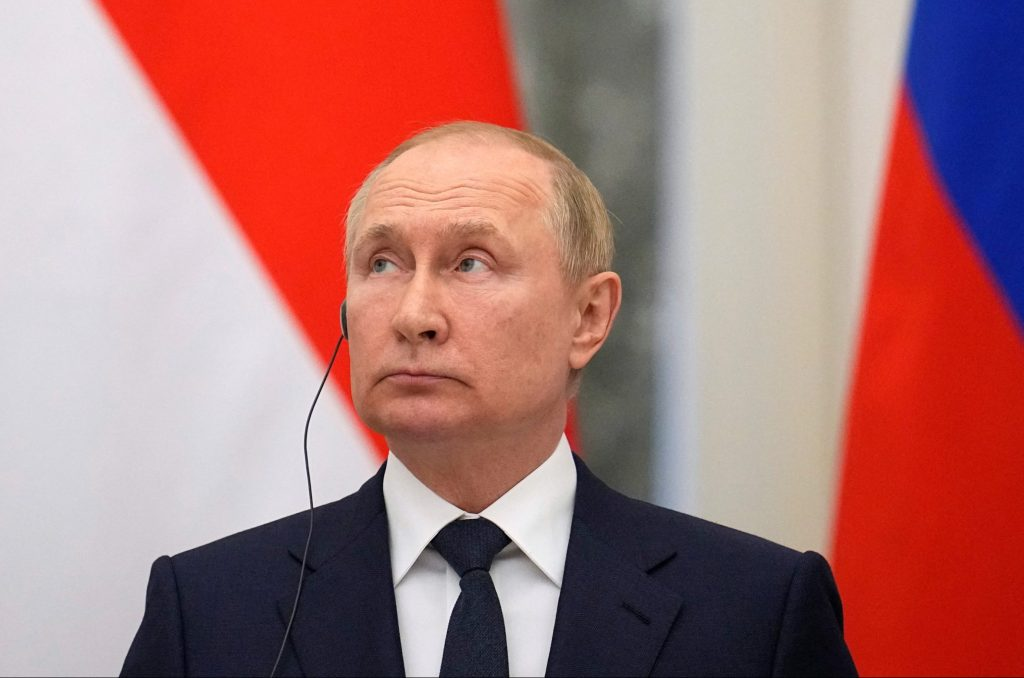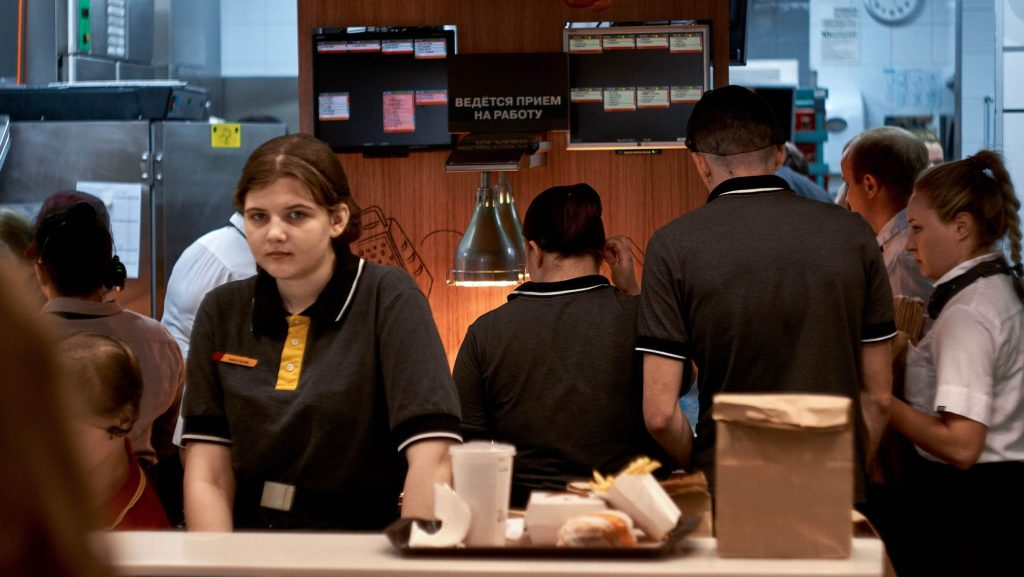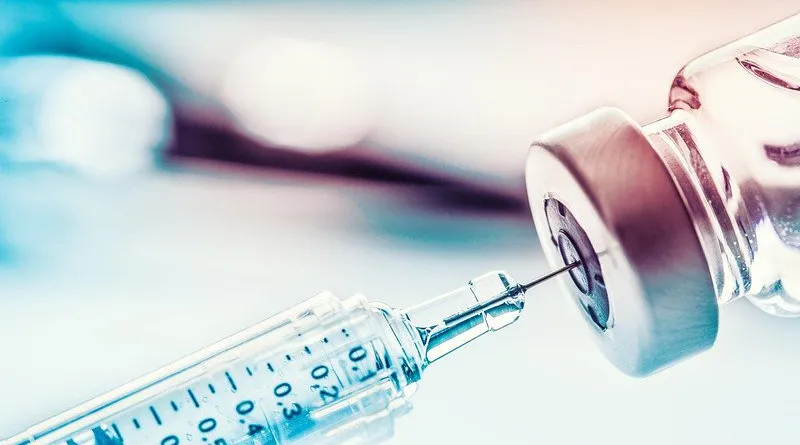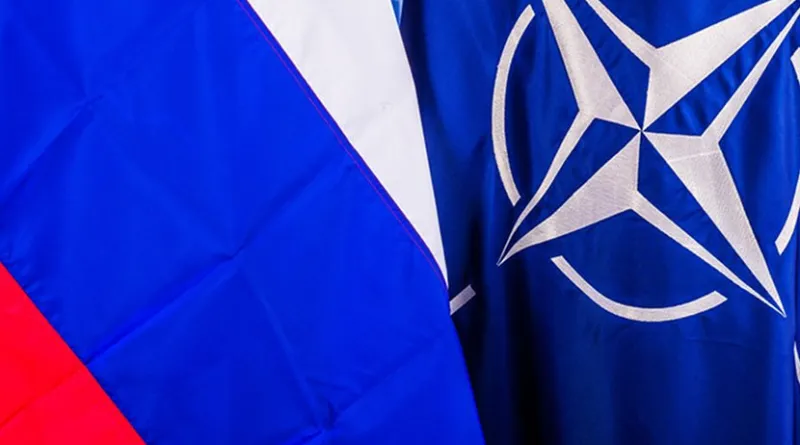Putin’s Search for Greatness
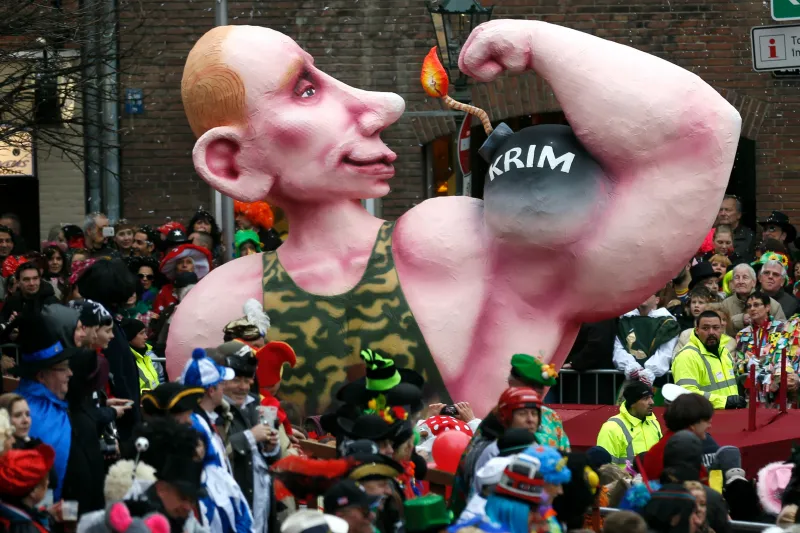
Will Ukraine Bring Russia the Superpower Status It Seeks?
On Saturday, Russia invaded and effectively annexed Crimea, a Ukrainian peninsula in the Black Sea. In doing so, Russian President Vladimir Putin shrewdly took advantage of the political uncertainty that arose when Viktor Yanukovych, Ukraine’s former kleptocratic president, took flight last week and was swiftly replaced by a hastily formed provisional government in Kiev. Russia might justify its behavior by speaking of a need to protect ethnic Russians but, in reality, the move was a thinly veiled attempt to forward Putin’s real agenda: reestablishing Russia as a resurrected great power.
